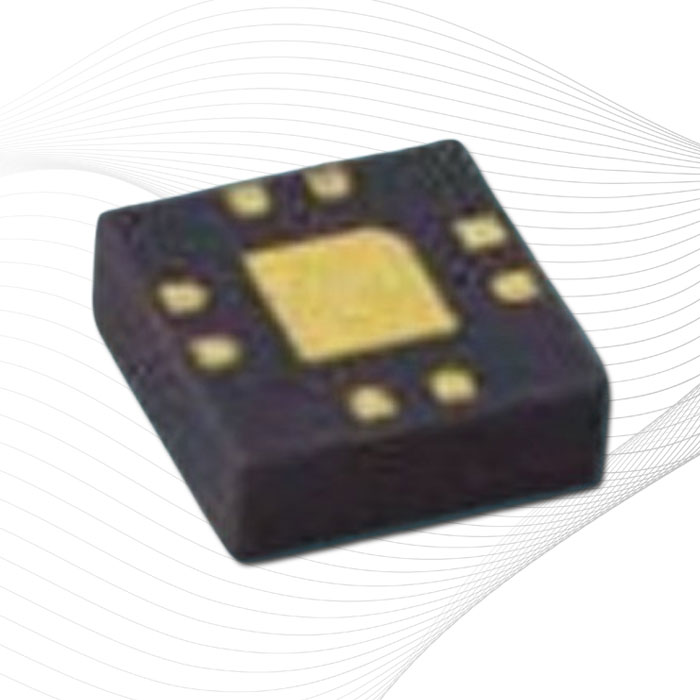Cryogenic Hall Sensors
- Home
- Products
- Cryogenic Hall Sensors
Cryogenic Hall Sensors
Our graphene based magnetic field sensors are the first and only Hall effect sensors capable of measuring high magnetic fields at cryogenic temperatures. Particle accelerators, fusion reactors, and MRI systems are all benefiting from them today.
Paragraf is enhancing its customers’ ability to conduct magnetic field measurement in low-temperature and high-field
environments.
Until now, conventional Hall sensors have been limited by material capabilities and
a phenomenon known as the Quantum Hall Effect (QHE). With our unique graphene
deposition process, Paragraf is averting these limitations by producing a cryogenic
Graphene Hall Sensor (GHS) which has achieved operation down to millikelvin
temperatures and fields measurements of over 30 Tesla
Graphene and robustness
Conventional Hall effect sensors can experience thermal expansion and contraction
of their components when moving between varying temperatures, leading to the
degradation of materials and failure of the sensing function.
Owing to its two-dimensional structure, graphene is an exceptionally flexible and
robust material, capable of withstanding extreme temperatures and temperature
shocks. Paragraf’s cryogenic GHS makes use of that flexibility, while enhancing the
overall material strength of the sensor, by handling the entire construction process
in our own facility. Using our patented technique, we incorporate the graphene layer
into the sensor in a structurally-sound and impurity-free manner. This produces a
sensor with a superior, highly durable construction.
Why use Graphene?
- Ultra-low temperature operation (down to <10mK)
- Exceptional stability up to 30T
- Superior accuracy with μT sensitivity
Applications
- Magnetic field monitoring for quantum computing
- Electromagnet R&D and manufacture
- Accurate magnet calibration at cryogenic temperatures
- Magnetic field monitoring during cryogenic experiments
- Rigid and thermally stable carbon fibre sample rod
- Magnetic shielding attenuation factor determination – use the same sensor for field measurement on the inside and outside of the shield for characterisation

